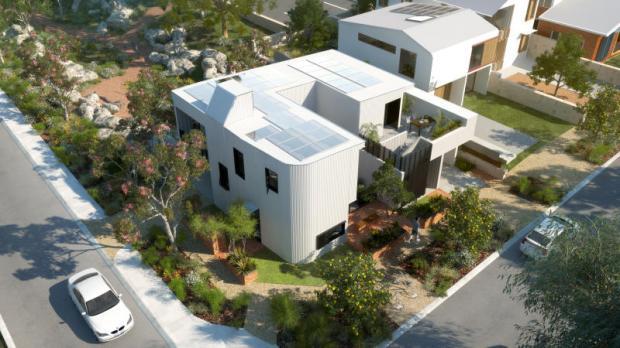SunEdison, North America’s largest solar energy services provider, plans to invest more than US$100 million next year in solar power plants in Thailand through a local partnership.
Pashupathy Gopalan, managing director of SunEdison, which has been installing solar systems using photovoltaic (PV) technology for 10 years in 11 countries, said it would establish local partnerships with banks, as well as engineering, procurement and construction companies.
“We hope to build a meaningful capacity, pending upcoming government approval of the 6.50-baht adder,” he said, referring to the extra tariff on power sales per unit offered as an incentive to developers of alternative energy.
“There is great potential in Thailand and many parts of Asia as rapid growth results in higher demand for energy.”
The company is constructing two projects in the northeastern Si Sa Ket province with a combined capacity of 16.8 megawatts in a joint venture with Renewable Power Asia.
SunEdison is a subsidiary of New York Stock Exchange-listed MEMC, a global leader in the manufacture and sale of wafers and related intermediate products to the semiconductor and solar industries.
In Asia, SunEdison has manufacturing operations in Malaysia, Korea and Taiwan. It is looking to India and Thailand next.
Mr Gopalan said solar power was fast becoming viable financially as costs relative to other energy sources are falling.
With solar rooftop installations, there are no transmission losses since the electricity is generated at its point of use.
“In the future, maybe every rooftop in the country can generate 10-30% of its electricity from solar power, which can save on natural gas usage from Burma,” he said.
However, the government needs to support a rooftop solar policy for residential and commercial use for this to happen.
“In some European countries such as Germany they allow a feed-in tariff, meaning that if you feed electricity into the grid you get paid by the government. People have the choice of using less or feeding. The [Thai] government should study which model is best to ensure broad participation.”

